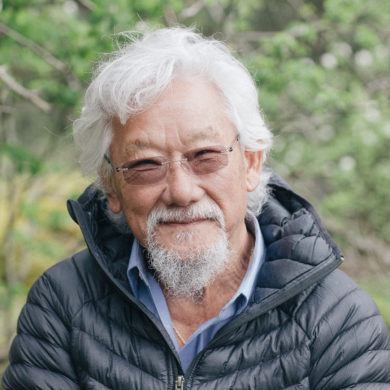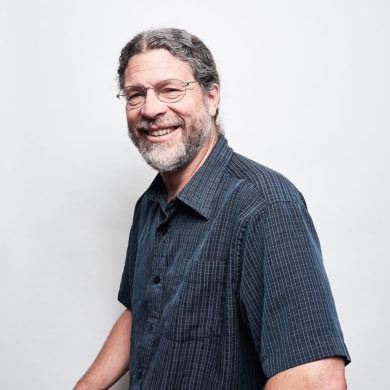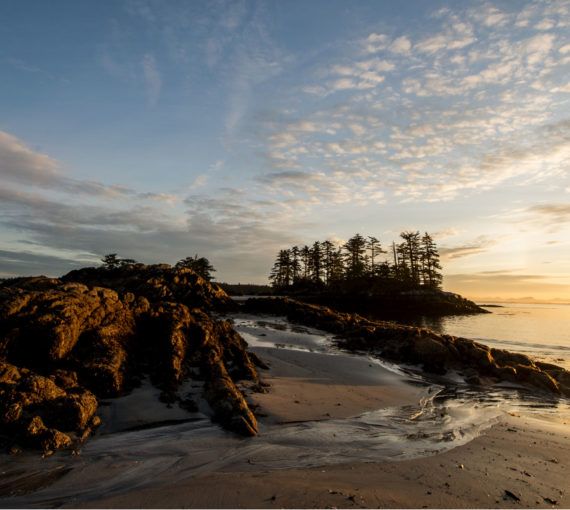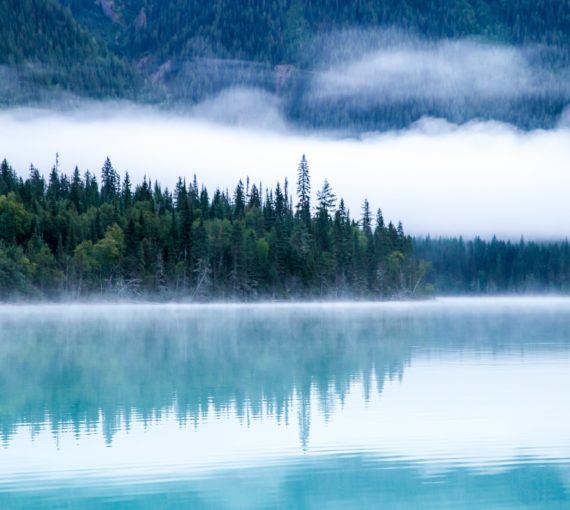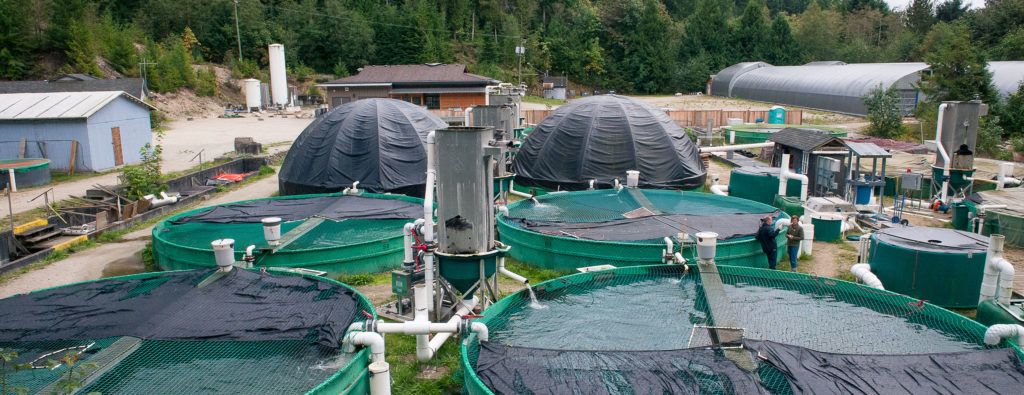
(Photo: Caelie Frampton)
Open net-pen salmon farms on B.C.’s coast have been contentious for almost 30 years.
The occupation of two Marine Harvest fish farms on Swanson Island near Alert Bay by First Nations from the Namgis and Musgamagw Dzawada’enuxw and Mamalilikulla is a current focal point for concerns about the industry.
Hereditary chiefs say the fish farms are illegally placed on their territories, operating without the consent of those most affected. They have never agreed to allow salmon farms in their waters, yet one-third of B.C. fish farms remain. They point to the United Nations Declaration on the Rights of Indigenous Peoples (UNDRIP) and its provision requiring free, prior and informed consent on any project affecting Indigenous peoples’ lands or territories, particularly when the development or exploitation of resources puts traditional livelihoods at risk. Canadian and B.C. governments have committed to upholding UNDRIP.
The B.C. government’s commitment to UNDRIP is being tested by this dispute. Agriculture Minister Lana Popham put Marine Harvest on notice regarding its obligations to First Nations and reminded the company that the province retains the right to reclaim tenured sites at the end of current terms, many of which expire in June 2018. The B.C. government is not issuing new tenures and has put a hold on existing ones.
Adding to the strength of the First Nations’ rights and title claims, B.C.’s salmon farm industry has never put to rest the impacts of disease on wild salmon. Science shows that open net-pens present a risk to wild salmon from parasites and disease that cannot be fully mitigated. Dense concentrations of salmon in net pens magnify the production of sea lice larvae, which have serious effects on the survival of young wild salmon.
Even back in the 1970s, it was clear the world’s oceans were in trouble. Since, salmon feces, uneaten food pellets, new disease transmissions and frequent escapes have added to the mess. If our priority is to protect B.C.’s wild salmon, open net-pens in areas like the Broughton Archipelago near young wild salmon routes must be transitioned onto the land where the companies operating the farms — not the wild fish and First Nations — pay the cost of dealing with the waste and disease.
The 2012 Cohen Commission of Inquiry into the Decline of Sockeye Salmon in the Fraser River gave a 2020 deadline for farms in the Swanson Island region to prove they are not harming wild salmon. The clock is ticking.
Under intense pressure, salmon farms have made improvements. Wild fish in aquaculture feed has reduced significantly. Pollution under farms has decreased. And massive escapes — with notable exceptions like September’s loss of thousands of fish from a Washington farm — have become less common.
But core issues remain, like secrecy around fish health data. A virus related to a salmon heart disease, for example, was observed in B.C. salmon farms since at least 2008, but not reported until 2015. Instead of supporting a move to transparency, the industry has resorted to a public-relations campaign, avoiding science-based debate.
There are solutions. The business case and the technology for closed-tank, land-based aquaculture has improved greatly. Norway — the world’s largest producer of open net-pen salmon — now requires that new licenses consider approaches such as closed containment systems. A Norwegian bank study found that production costs on land and water are converging as land-based technology improves, with 150,000 tonnes of land-based projects in the global pipeline by 2020. That’s almost 10 per cent of global production and more than B.C. produces annually.
B.C. is well-positioned to take a leadership role in this emerging land-based industry, with suppliers and services secured, close proximity to U.S. markets and low hydro rates compared to other North American jurisdictions. And the First Nations of the Broughton Archipelago have already shown it can be done, raising millions of dollars for their own land-based salmon farm on the Nimpkish River. It’s an impressive operation, which filters all the water flowing from it before sending it back into the river.
Transitioning to closed containment won’t happen overnight, but just like the transition to renewable energy, the faster it happens, the better.
Wild Pacific salmon deserve to be free from the stressors affecting their ability to survive. UNDRIP is more than words on paper, and reconciling First Nations rights and title on the Swanson Island fish farm and other affected areas couldn’t be more pressing. The current occupation is an opportunity to move B.C.’s fish farm industry in a direction that supports rights, wild salmon, environmental sustainability and economic security.
This op-ed was originally published in the Vancouver Sun and has been reprinted with permission. Read the article.
Our Work
Always grounded in sound evidence, the David Suzuki Foundation empowers people to take action in their communities on the environmental challenges we collectively face.
